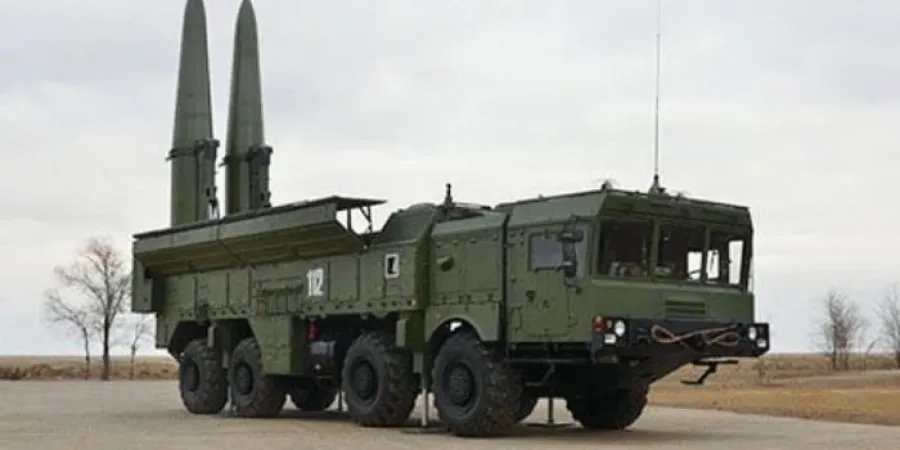Possible Iskander Missile Launch in Syria
Visual evidence based on EROS B high-resolution satellite imagery indicate a recent launch of a Russian Iskander from Latakia air base
Ami Rojkes Dombe
| 26/01/2017
Recent news reports claimed that Russia had launched an Iskander missile (NATO reporting name SS-26 Stone) from Latakia towards ISIS targets in Deir Ezzur. Monitoring Latakia airport, iSi’s research team has noticed signs indicating such launch could have occurred in recent days.
The visual evidence based on EROS B high-resolution satellite imagery includes what appears to be a large dedicated launching area of Iskander missile with “fresh” tire marks around it.
The marks indicate movement of heavy vehicles moving between the permanent post of the Iskander launcher and the launching area. Another sign from last days shows that a missile transloader truck to resupply the launcher of the Iskander, is back to its permanent post.
These results, following the news reports, can indicate a recent launch of a Russian Iskander from Latakia air base. Older tire marks indicate an earlier launch, dated December 2016.
In conclusion, the iSi intelligence experts diagnosed signs that could lead to the conclusion of two Iskander missile launches in the last two months in Syria.
These signs reinforced in light of the new agreement between Russia and Syria regarding Latakia airport. According to the NYTimes, the airbase will be under a 49-year lease from Syria and will serve the Russian air force.
RT adds that “Russia is allowed to bring in and out any weaponry, ammunition, devices, and materials to provide security for the facility staff, crew, and their families throughout the territory of the Syrian Arab Republic “without any duties or levies.”
That means that theoretically, Russia can arm the Iskander missiles in Latakia airport with a variety of warheads. Due to the range of the Iskander missile (400-500 Km), the operational state of the weapons can be perceived as a signal of Russian power projection to a wide area of the Middle East.
Visual evidence based on EROS B high-resolution satellite imagery indicate a recent launch of a Russian Iskander from Latakia air base
Recent news reports claimed that Russia had launched an Iskander missile (NATO reporting name SS-26 Stone) from Latakia towards ISIS targets in Deir Ezzur. Monitoring Latakia airport, iSi’s research team has noticed signs indicating such launch could have occurred in recent days.
The visual evidence based on EROS B high-resolution satellite imagery includes what appears to be a large dedicated launching area of Iskander missile with “fresh” tire marks around it.
The marks indicate movement of heavy vehicles moving between the permanent post of the Iskander launcher and the launching area. Another sign from last days shows that a missile transloader truck to resupply the launcher of the Iskander, is back to its permanent post.
These results, following the news reports, can indicate a recent launch of a Russian Iskander from Latakia air base. Older tire marks indicate an earlier launch, dated December 2016.
In conclusion, the iSi intelligence experts diagnosed signs that could lead to the conclusion of two Iskander missile launches in the last two months in Syria.
These signs reinforced in light of the new agreement between Russia and Syria regarding Latakia airport. According to the NYTimes, the airbase will be under a 49-year lease from Syria and will serve the Russian air force.
RT adds that “Russia is allowed to bring in and out any weaponry, ammunition, devices, and materials to provide security for the facility staff, crew, and their families throughout the territory of the Syrian Arab Republic “without any duties or levies.”
That means that theoretically, Russia can arm the Iskander missiles in Latakia airport with a variety of warheads. Due to the range of the Iskander missile (400-500 Km), the operational state of the weapons can be perceived as a signal of Russian power projection to a wide area of the Middle East.



